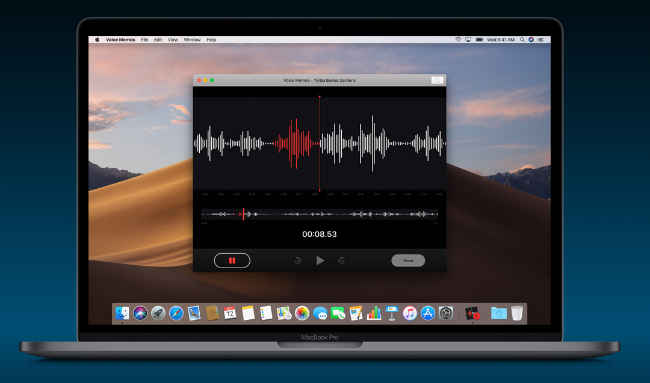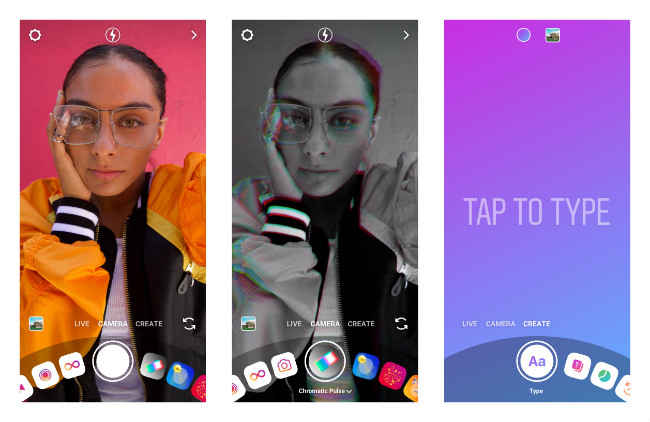While OnePlus may have announced its latest OnePlus 7 series of handsets, it has not forgotten its older OnePlus 6 and 6T smartphones. The two devices are now receiving new OxygenOS updates that bring, along with bug fixes and a stability boost, new features as well. The OxygenOS 9.0.14 update for the OnePlus 6T and OxygenOS 9.0.6 update for the OnePlus 6 bring their Android Security patch level to May 2019. In addition to the updated security patch, the new updates bring some Bluetooth and launcher improvements to the two handsets, and the front camera on the OnePlus 6T receives some optimisations in terms of photo quality.
In the Bluetooth section, OnePlus is updating the OnePlus 6 and OnePlus 6T to support Quick Pairing with the Bullets Wireless 2 earphones. Users should also observe some improvement in Bluetooth stability and compatibility. The hidden space option in the OnePlus launcher gets an improved password confirmation UI. The new patches rolling out also fix the issue with the SMS ringtone and an irksome bug that was clearing set speed dial numbers. An issue with loading credentials required for Wi-Fi that need logging in has also been fixed. The new OxygenOS updates for the handsets are incremental and will be rolled out in phases. Users can head over to their device’s settings to check whether their unit has received the update or not.
OnePlus 6 and the OnePlus 6T are also slated to receive the Zen Mode and Screen Recorder features that were introduced natively on the OnePlus 7 Pro soon. Zen Mode is OnePlus’ take on Google Wellbeing and it is definitely stricter than the latter. Once enabled, one can’t disable the option for 20 minutes, even if they restart the handset. During this time, the user won’t receive any calls, notifications or messages. However, users will be able to place emergency calls and click pictures, if required. Native screen recording option works as advertised and records everything that’s present on the screen. These two features are currently under testing on the OnePlus 6 with OxygenOS Open Beta 19 and on the OnePlus 6T with Open Beta 11.
from Latest Technology News http://bit.ly/2ERr1Rk




